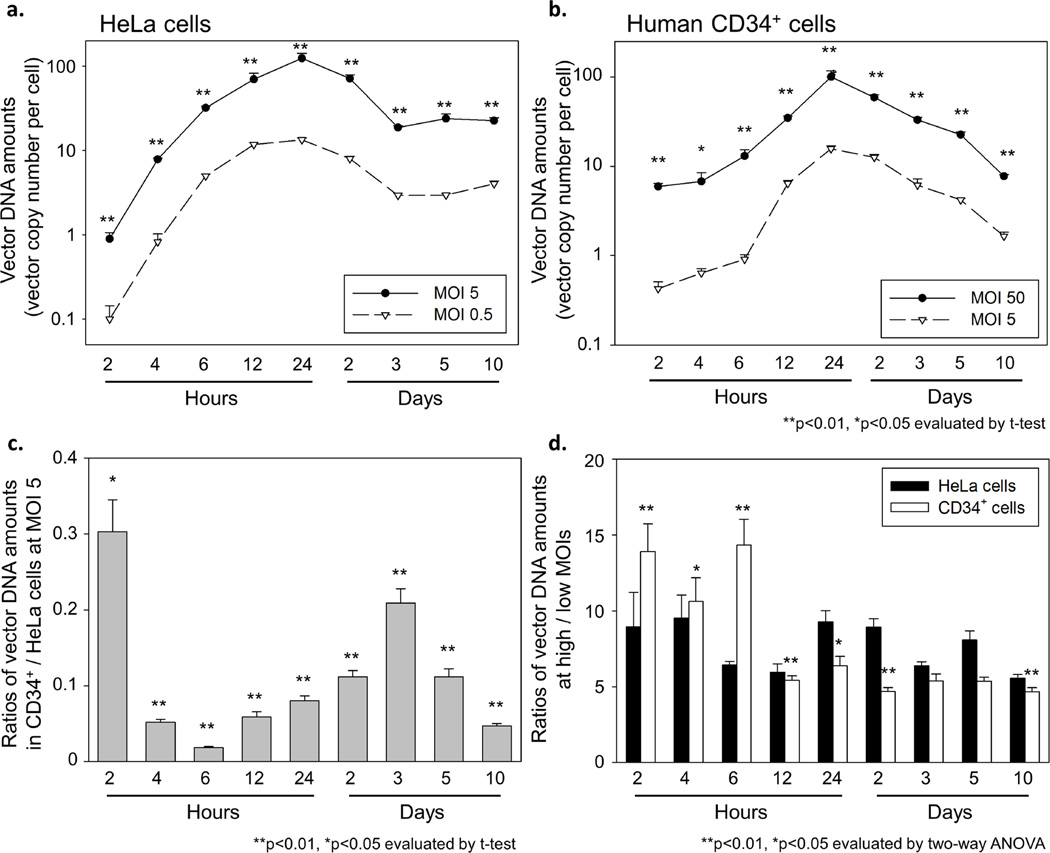Figure 3. Evaluation of vector DNA amounts in transduced HeLa and human CD34+ cells.
(a) To evaluate reverse transcription, nuclear transport, and integration, we determined vector DNA amounts from 2 hours to 10 days after viral exposure. In HeLa cells, vector DNA amounts peaked at 24 hours (corresponding to reverse transcription), and reached a plateau level at 3 days (nuclear transport and integration). (b) In human CD34+ cells, we observed a slower increase of vector DNA amounts with a peak at 24 hours, and the vector DNA amounts decreased until 10 days. (c) When we calculated vector DNA ratio of CD34+ cells to HeLa cells at same MOI 5, the vector DNA ratios were much lower than vector RNA ratio of CD34+ cells to HeLa cells at same MOI. The vector DNA ratios decreased for 6 hours and increased until 3 days, maybe due to slower internalization and/or reverse transcription. (d) When we calculated the ratios of vector DNA amounts at high to low MOIs, the vector DNA ratios in HeLa cells remained slightly less than 10-fold over 10 days. In human CD34+ cells, higher vector DNA ratios at 2–6 hours and lower ratios at 12 hours to 10 days were observed, as compared to HeLa cells. These data suggest that a step in reverse transcription around 12 hours is a major limit in lentiviral transduction for human CD34+ cells.

